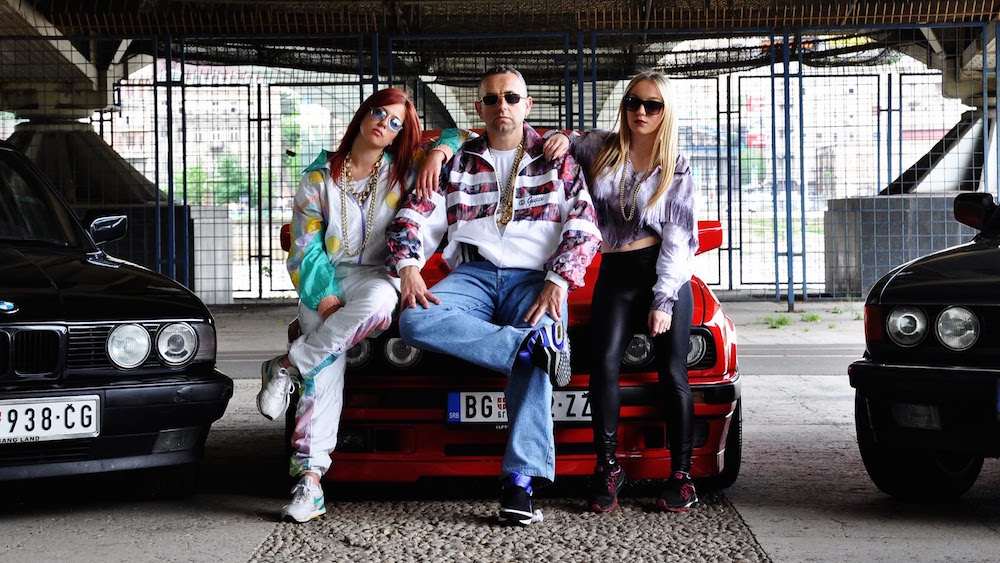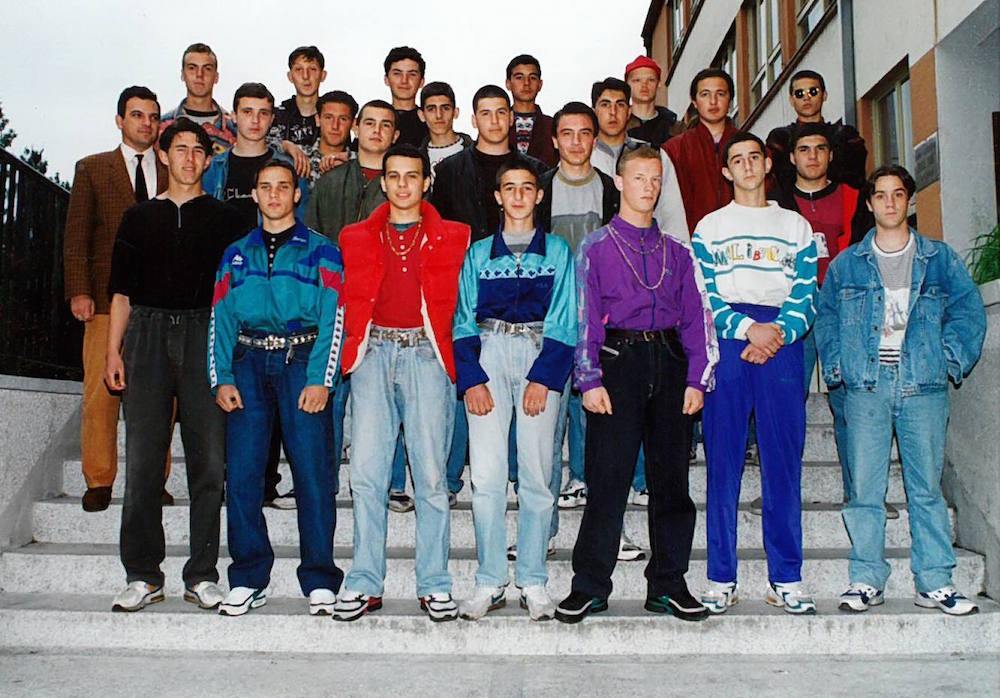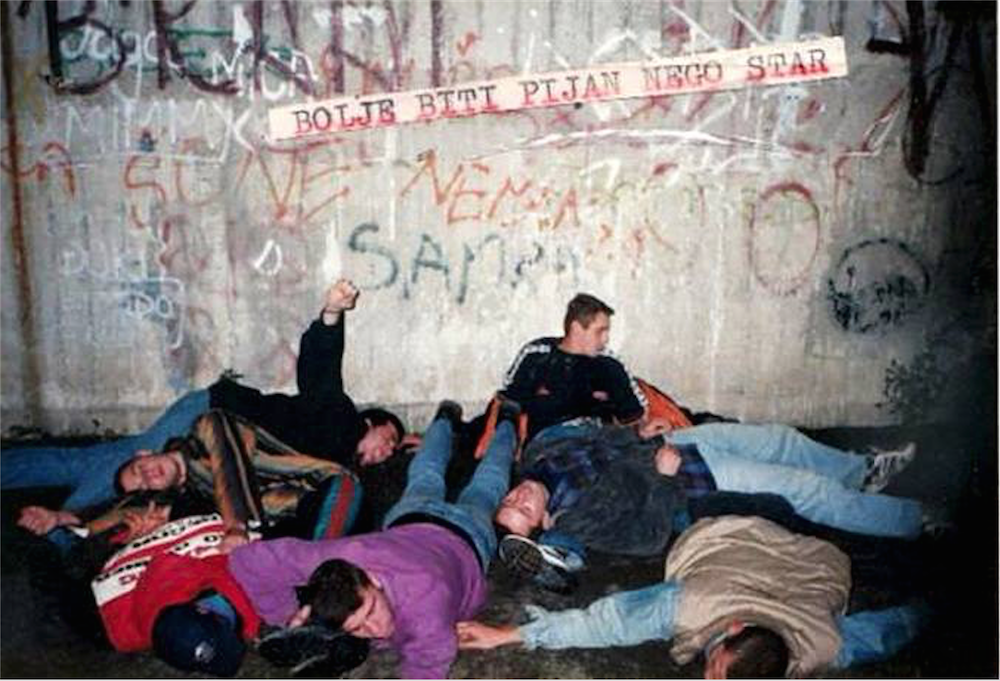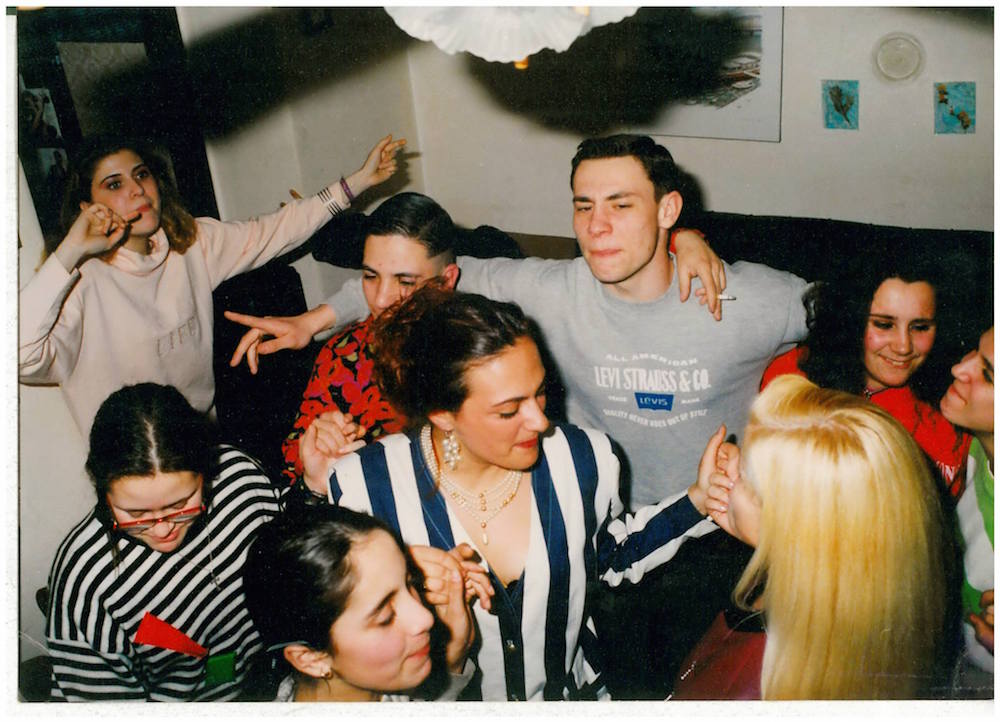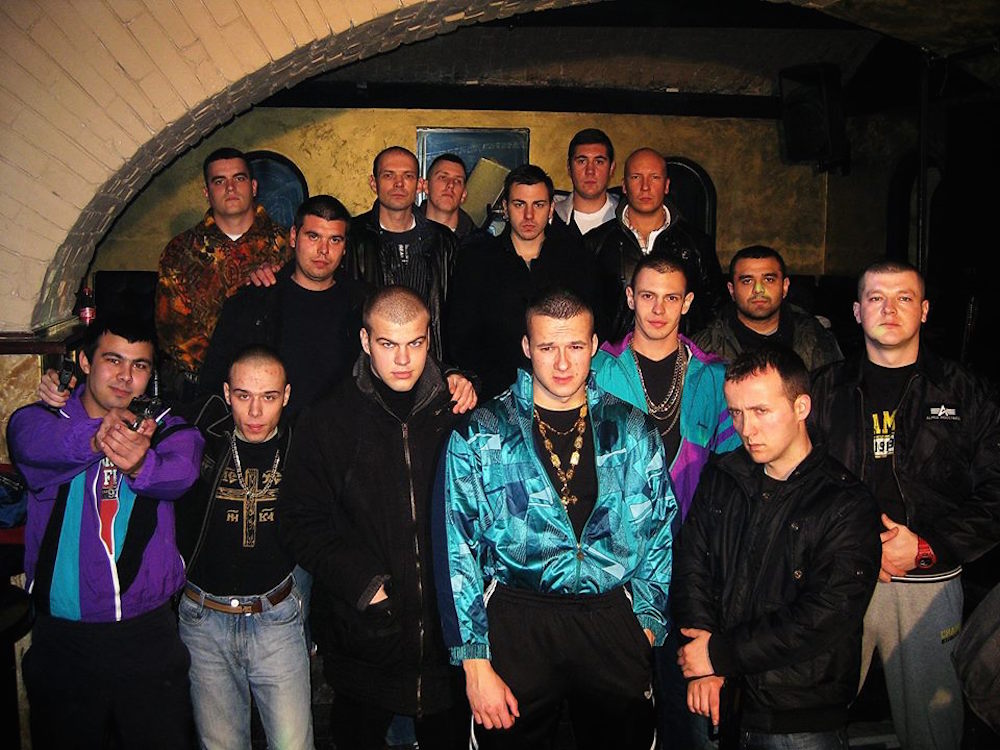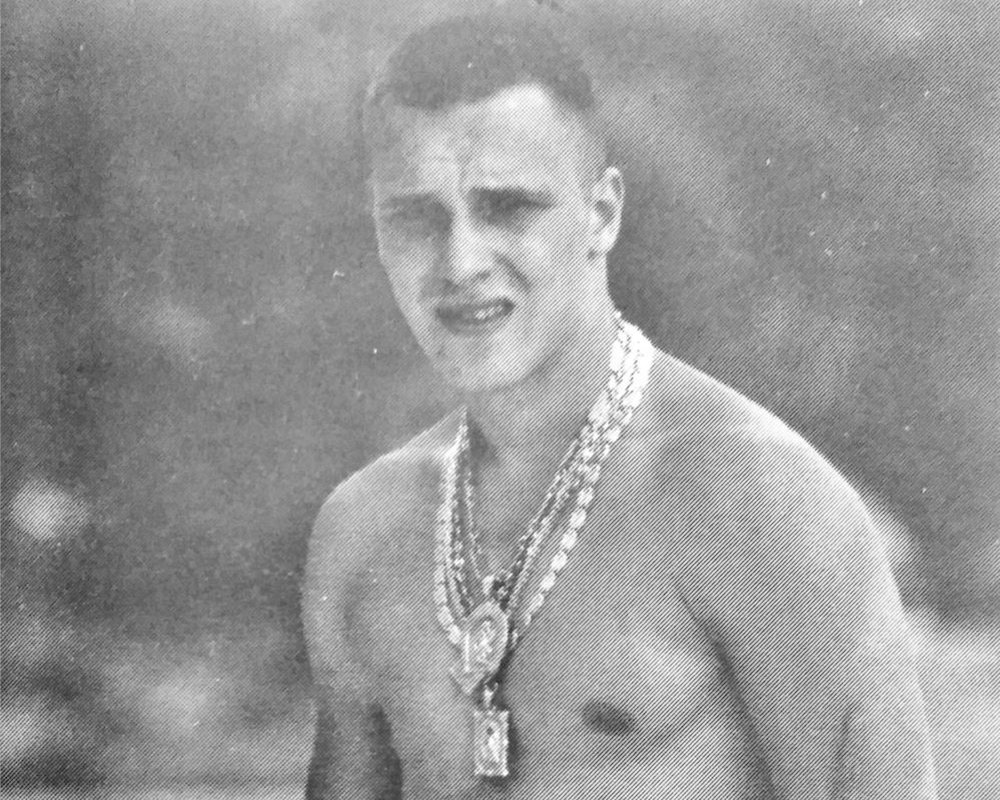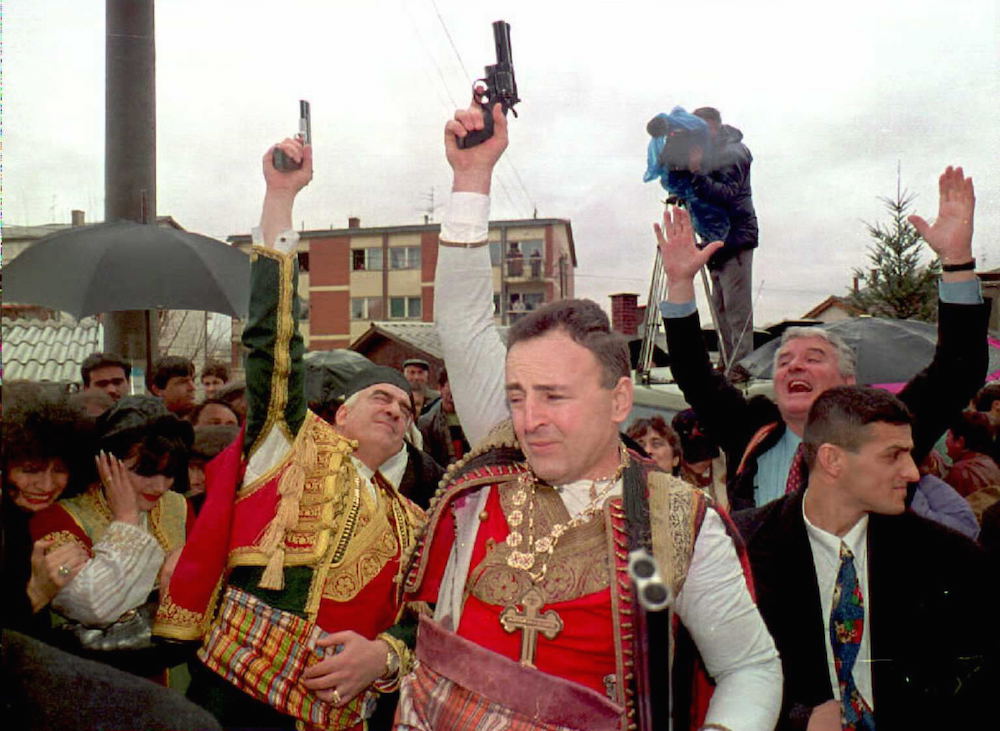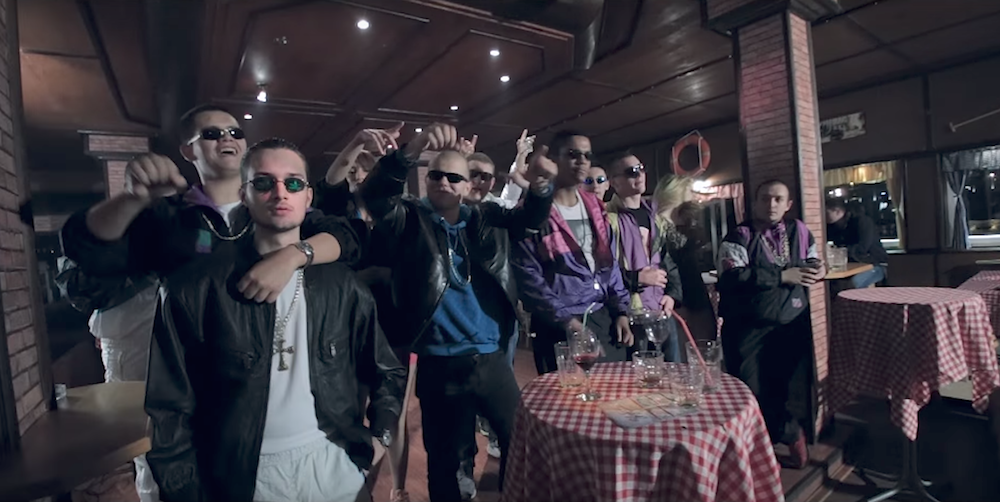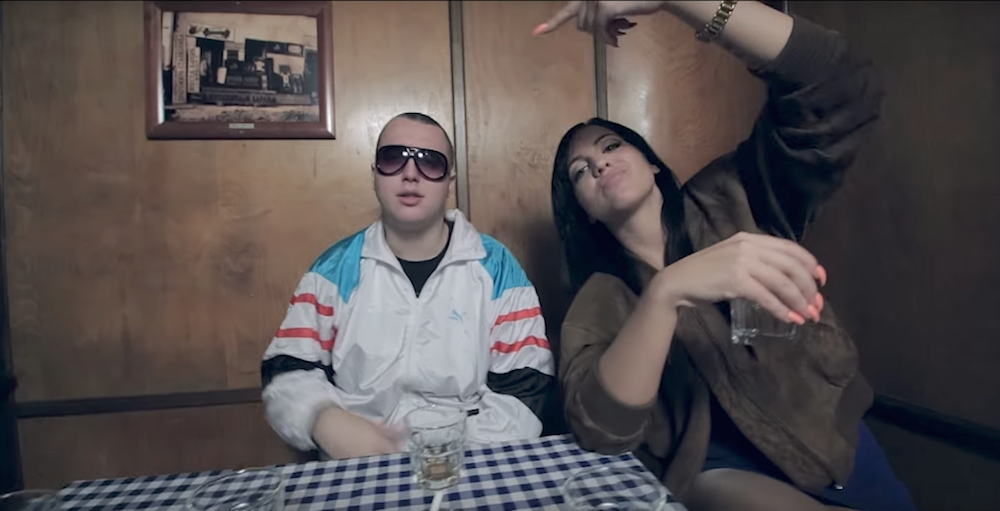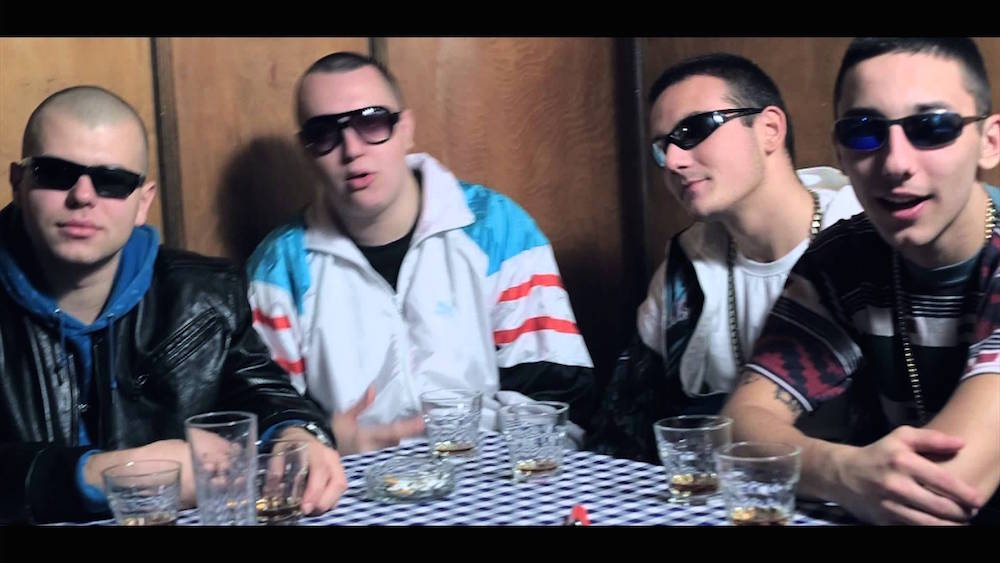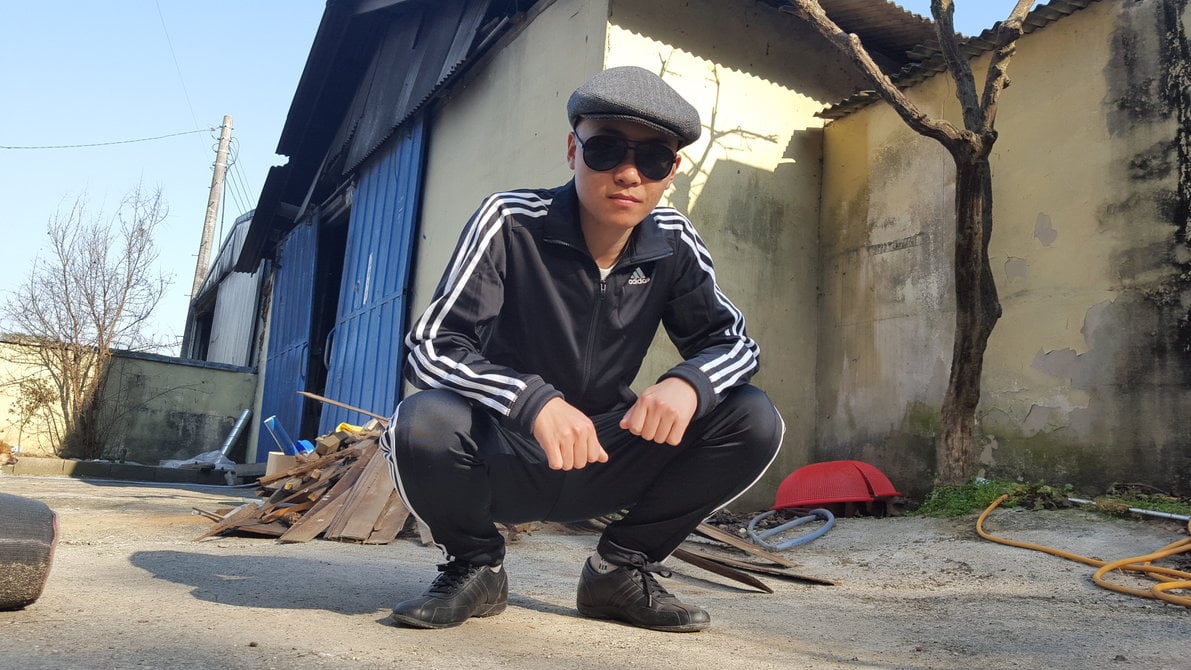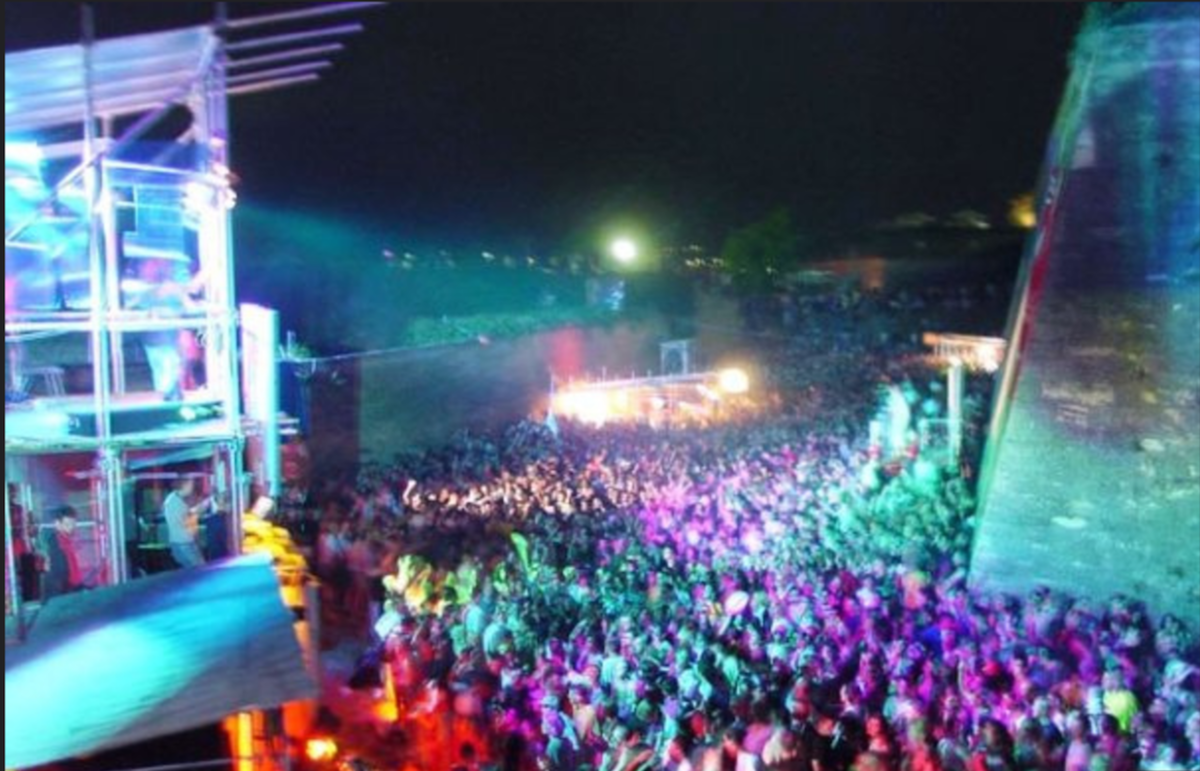Dizelaš: the ‘Serbian gopnik’ style that defined the 90s is making a comeback
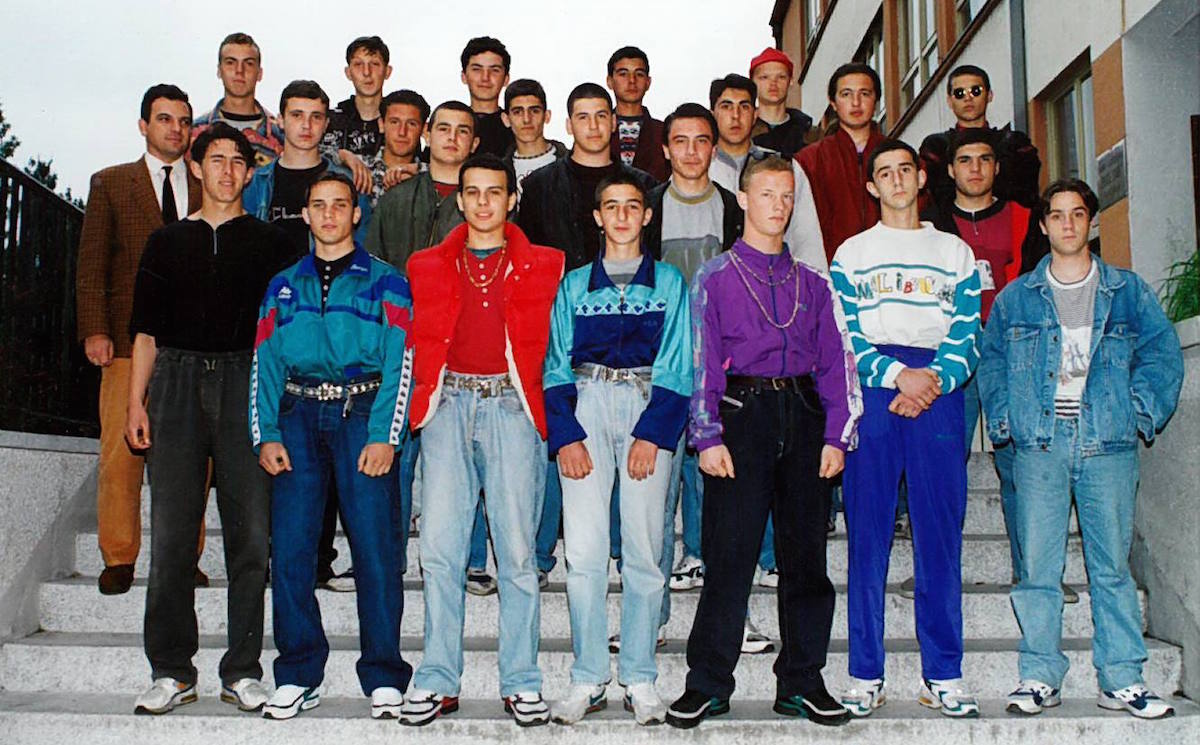
As the Yugoslav state collapsed and organised crime exploded in 90s Serbia, a new style icon arose: the dizelaš. Like Russia’s contemporaneous gopnik craze, reignited in recent years by Gosha Rubchinskiy, the dizelaši look to be making a comeback in a country still dogged by social problems
I was first introduced to Gosha Rubchinskiy’s work some two or three years ago, and what fascinated me most about his aesthetic was the striking similarity that his gopnik-inspired creations bore to the Serbian equivalent I’m more familiar with: the dizelaši. The curious thing about dizelaš fashion is that, despite the thousands of miles separating then-Soviet Russia and then-Yugoslav Serbia (and, indeed, the political chasm since Tito and Stalin split so acrimoniously in 1948), both appeared around the same time, took on a near-identical form and rooted themselves in the same sub-strata of society at a point in history when the two countries were experiencing very similar turmoils.
Gosha’s meteoric success has firmly embedded the gopnik into the pop cultural hive mind, but dizelaš fashion is almost unheard of. Like the “chavs” of Britain and France’s “racaille”, the dizelaši centred their look around tracksuits and trainers but threw in a few local twists — namely Diesel jeans, to which the style owes its name (a literal translation of dizelaš would be “Dieseler”), which would often be paired with ostentatious belt buckles, chunky gold chains and pagers.
Emerging sometime around the turn of the decade, by 1992 it was a firmly-established fad popularised by the street gangs of the era. As the country marched to war, civil society crumbled and state institutions became engulfed in the flagrant corruption of the Milošević years, organised crime flourished. In an economy crippled by international sanctions, the black market was the only worthwhile employer and criminals became the benchmark of affluence. Garish tracksuits were enjoying a moment of global popularity at the time due to the popularity of jogging, but their prohibitive price tags combined with Serbia’s dire economic circumstances turned them into a gaudy status symbol.
“When tracksuits first appeared over here, they cost something like 250 deutschmarks (around $150). Take into account that the average pay back then was five marks ($3),” recalls Bojan Savić, a local collector of dizelaš fashion. “A German would buy a tracksuit to go jogging, while a Serb would wear it for its prestige.” Unsurprisingly, some of the only people who could afford to spend that sort of money were career criminals.
Kappa’s tracksuits were most popular, particularly a model known colloquially as the “Danone”, which was worn by Italian football giants Juventus and owed its name to the yoghurt manufacturer whose branding appeared on the team’s training wear. Reebok, Adidas and Asics were widespread, but anything by Gucci was the holy grail, simply because pricier meant better. Diesel were the gold standard in jeans, while Nike’s Air Max BW, the Air Max 2 and Reebok’s Graphite Pump and Instapump were the trainers of choice.
Gosha Rubchinskiy’s meteoric success has firmly embedded the gopnik into the pop cultural hive mind, but dizelaš fashion is almost unheard of
But it wasn’t enough to simply own the right brands: they had to be worn the right way. Track tops would be tucked into jeans or track bottoms which would then be tucked into socks. This detail was pioneered by Aleksandar “Knele” Knežević, one of Belgrade’s most notorious gangsters, who is said to have done this to prevent his gun slipping from his waistband, down his leg and dropping onto the floor should he ever be forced to run and take cover from opposing gunfire. Tucking your track top into your trousers also causes it to puff up, making its wearer look bigger and tougher. The kids on the street started mimic the look, even though few of them were likely to find themselves dodging bullets like Knele. Not that it helped him much: he would be slain in a gangland killing in 1992 at the age of 21.
Dizelaš fashion was very much a product of its time. In a country gripped by war and complete societal breakdown, where wages had to be spent immediately because inflation could devalue them by the minute, gangsters like Knele were idolised because they were the only ones that could be seen living the good life. Sure, it was completely immoral, and most would meet violent and untimely ends, but if you blocked out these uncomfortable details then gangsterism offered a distraction from the grimness of everyday life in the same way that Keeping up with the Kardashians gives so many westerners a brief, glamorous respite from dull suburban drudgery.
The influence of organised crime on society completely warped its value system: Arkan, Belgrade’s answer to Don Corleone, married Svetlana “Ceca” Veličković, something like a Serbian Dolly Parton, in a ceremony that was broadcast on national television. Roughly half of Serbia’s university-educated population had fled abroad, conceding society to its most rotten members and causing an intellectual collapse from which it still hasn’t recovered. The likes of Ceca and Arkan became the new bourgeoisie, revered for their personal riches rather than anything more substantial. Dizelaš fashion and its unbridled materialism reflected that but it was also an extreme counter-reaction to embargo-induced poverty.
Dizelaš fashion and its unbridled materialism reflected an extreme counter-reaction to embargo-induced poverty
“Imagine what kind of message it sends when someone puts on a 250DM track top, pairs it with a pair of 100DM Diesel jeans, a 100DM Versace belt and 250DM trainers,” Bojan asks me rhetorically. “They’ve got grand’s worth of clothing on them when someone’s dad is making 5DM working for a state firm. On that particular rung of the social ladder, it showed that you were a somebody in hard times when nobody had anything”.
Interestingly enough, the gopnik look that forms the basis of Gosha Ruchinskiy’s work emerged out of almost identical circumstances, as Anastasiia Fedorova outlined here in The Calvert Journal recently: “Russia’s Adidas affection might be an echo of its recent history, its troubled entrance into the world of capitalism — the world of freedom and delights which promised happiness through the simple act of owning things.” It’s fascinating that these two countries with so much shared history and culture experienced such eerily similar countercultural phenomena at a time when they were so diplomatically estranged yet united by historical circumstance.
As the 90s bled into the new millennium, “dizelaš” became a byword for loutish tastelessness and the style began to disappear, but it would remain immortalised by two iconic time capsules from the era: See You in the Obituary, a 1995 documentary chronicling the wartime explosion of organised crime in Belgrade, and Srđan Dragojević’s The Wounds (1998), a Serbian imitation of Mathieu Kassovitz’s La Haine set against the same backdrop of post-Yugoslav gangsterism.
This could be the source of its recent revival, which has been spearheaded by Bojan, who organises 90s-themed “Dizel Mania” parties, where kids who often hadn’t even been born at the time show up rocking the era’s signature look. Local rapper Mimi Mercedez, who is only 25 years-old herself, borrowed Bojan’s collection for one of her music videos two years ago.
For this new generation who weren’t old enough to remember the breakup of Yugoslavia, the dizelaši hold a similar appeal: although inflation and fuel rationing have been consigned to the past, Serbia’s economic circumstances are still miserable and hard work rarely brings much material reward. Criminality is one of the few paths to affluence and gangsters are viewed as Robin Hood-esque folk heroes because they’re in direct conflict with the crooked politicians who so many blame for the nation’s current malaise. There’s a certain twisted honour associated with outright criminality because, if nothing else, there’s a degree of honesty to it. Those that break the law are mistakenly perceived to be revolting against a corrupt and exploitative system propped up by the political and business establishment. The fact that the two are inextricably entwined is conveniently ignored.
Unlike Gosha Rubchinskiy, dizelaš fashion isn’t something that has been reinvented for the modern era. There aren’t any prominent Serbian designers drawing inspiration from the look, but, then again, before Gosha came along there weren’t any comparable examples in Russia either. Not that I’d expect them to pop up on the international radar, even if there were any: Russia has a cultural draw that only the biggest of global powers hold in the Western imagination. I think it’s quite telling that European fashionistas have never fallen for Belarusian or Polish counterculture. Russia is simply big enough –in every sense of the term– to overcome the fashion industry’s inherent G7-centrism. Serbia hasn’t got quite the same clout.
